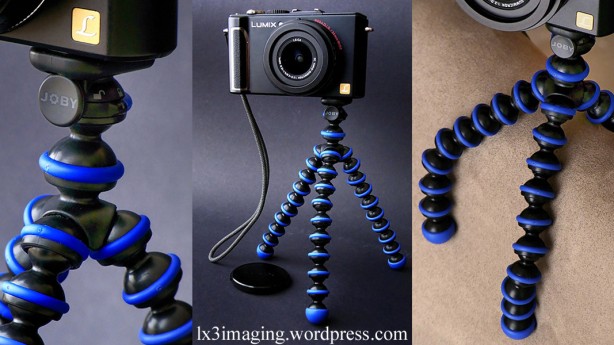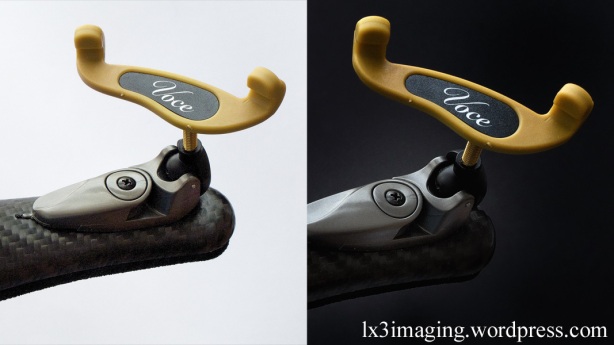
Dynamic Black & White – from a digital camera, it doesn’t get any better than this !
Some say that monochrome represents the absolute purity of an image – no colour to get in the way, to divert attention from the photographer’s intended portrayal of the subject.
One of the most interesting aspects of the LX3, and certainly a very influential factor in my decision to buy one, was – and still is – the Dynamic Black & White setting, to be found within the selection of Film Modes. This setting, in combination with the 16:9 format, is one of my very favourites … albeit jpeg output only. I can forego the flexibility of RAW files when the DBW results are just so good, and get so close to the look of film. Deep blacks, tons of contrast, and yet a decent level of detail, all combine to make it a very hard act to follow.
For film buffs, think along the lines of Fuji Neopan 1600 / Ilford XP2 …
Indeed, this LX3 look is very tough to replicate on a colour file without a lot of messing, unless you use a dedicated ‘conversion’ program, such as DxO FilmPack or Nik Silver Efex Pro …both superb, although even then, there’s still something about the LX3 DBW file that just looks immediately stunning, and that isn’t easily matched otherwise.
Talking more generally for a moment, the internal processing engine within LX3 is dramatic in its ability to provide a brilliant – and customisable – interpretation of what you saw with your own eyes when you made the image. Within the Film mode selection are six colour versions : Standard – Dynamic – Nature – Smooth – Vibrant – Nostalgic
For Black & White, rather than just the one token effort seen on so many compacts, there are, unusually, three different LX3 modes : Standard – Dynamic – Smooth
The shot above was made in Dynamic BW mode, with settings altered to my own preference, after some – but not very much – experimentation. Already very contrasty to start with, just as I like it, the Dynamic BW is modified on my own LX3 as follows : Contrast +1 / Sharpness +2 / Noise reduction +1
You may already have found that the Multi-Film mode on LX3 gives the photographer a massive amount of flexibility for up to three custom ‘looks’, recorded in sequence at a single press. Again, although not available in RAW, these jpeg outputs can each be altered to taste, and the quality and accuracy of the white balance becomes important in this instance – you’re relying on it to provide the right colour balance overall, and it’s awkward to change it after the fact and achieve good results …so getting it right in-camera, as far as possible, is important.
Dynamic Black & White could also come to the rescue if you’re facing some impossibly tough mixed lighting in a certain situation. Whereas the different light sources can on occasion produce a truly ugly result, the DBW setting on the LX3 can cut through all of that, and produce something you can be proud of – and look really professional without too much effort … once you’ve got the right composition, exposure, focus, etc !
Incidentally, with the LX3, I’ve shot more Black & White in the last few months than in the previous 10 years – the Dynamic Black & White mode is that good.
As usual, you’ll find that there’s an entire folder dedicated to this amazing LX3 monochrome mode – go to http://nickbland.zenfolio.com …. just look for ‘LX3 :: Dynamic B&W’, where you’ll find 96 images … and enjoy !









